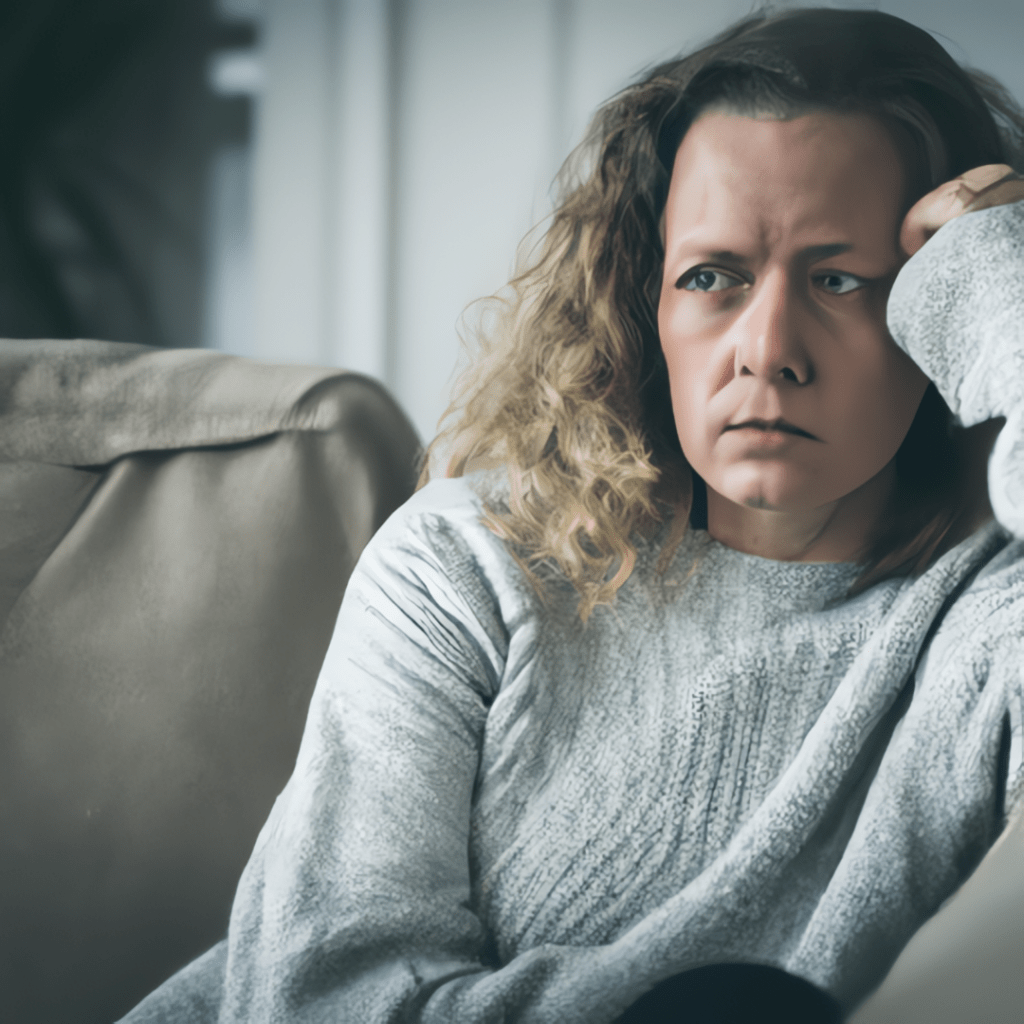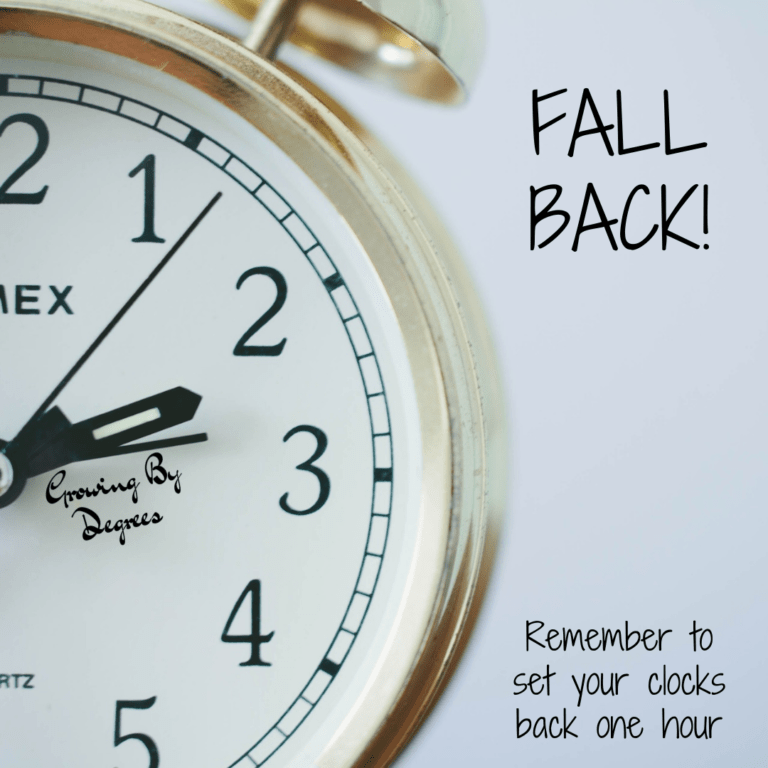What is SAD anyway?
SAD, also known as S.A.D or Seasonal Affective Disorder is a condition or syndrome that many people suffer from during the winter months. It is similar to a depressive disorder and shares much of the same symptoms. However with the beginning of spring this depression will start to lift. SAD should not be confused with a more common condition called winter blues.
Winter Blues

Winter Blues shares some of the same symptoms as Seasonal Affective Disorder but is much more of a low feeling of heaviness and lack of energy that only lasts a few days. In contrast, SAD is a physical, mental, and emotional disability which lasts for months.
Seasonal Affective Disorder
In the early 1980’s Dr. Norman E. Rosenthal first gave the syndrome a name. His definition was a “syndrome characterized by recurrent depressions that occur annually at the same time each year.”
Seasonal Affective Disorder can start at any time but for most people in the Western Hemiphere it will be sometime between September and November. Mine usually begins just before Canadian Thanksgiving which is the 2nd week in October and will start to ease off toward April depending on the amount of sun which is around.
RSAD
There is a similar condition known as RSAD or Reverse Seasonal Affective Disorder. This primarily affects a minority of people during the summer months and fewer studies have been done.
Symptoms of SAD
The symptoms of Seasonal Affective Disorder are very similar to those of depression but different in that they are seasonal and have a noticeable start and end time. If you have these signs all the time then it is very unlikely to be seasonal and you should visit your doctor to rule out another form of depression. It is possible to have both generalized depression and Seasonal Affective Disorder. If this is the case then talk to your primary doctor about increasing your antidepressant over SAD season.
- Feeling hopeless or worthless
- Feeling suicidal
- Loss of interest in things you normally enjoy.
- Changes in sleep habits.
- A decrease in libido
- Lack of energy.
- Weight gain
- Increased anxiety
What causes SAD?
Let’s put it this way, I don’t think any one has actually discovered what causes seasonal affective disorder but many theories have been put forward.
One possibility is that it is related to a lack of serotonin in the brain. Serotonin is usually known as our happy hormone and it’s the one that gives us a boost when we eat some chocolate.
Another theory is that it could be related to an increase in our melatonin levels which increase with lower light levels.
Yet another is that it can be related to air pressure as some people have reported symptoms following several days of low pressure.
And one of the most prevailing theories is that seasonal affective disorder is related to a lack of vitamin D due to less sunlight in the winter.
Diagnosis
Often those who have noticed a distinct seasonal pattern for themselves don’t really need an official diagnosis unless for insurance reasons, However since it is medically considered a major depressive disorder you might feel happier with an official diagnosis. Carleton University has on its website a seasonal assessment questionnaire which you can fill in and take to your doctor if you suspect that you have seasonal affective disorder.
Medical treatment for SAD
Often doctors will want to put you on to some kind of antidepressant, the biggest problem with this as far as I am concerned is that it can take up to three months for a antidepressant to start taking effect so you really need to be starting that in about June rather than in September and often you may not be diagnosed until after your symptoms have started.
Some psychiatrists recommend Cognitive Behavioural Therapy, also know as CBT. CBT is a way of unlearning negative habits and thinking and replacing them with positive thoughts and habits, with an emphasis on coping skills.
Ways to help yourself
- Get outside for some light every day.
- Try and do some light exercise every day – walking counts.
- Increase your consumption of vitamin D whether through diet or through supplements.
- Consider using light therapy.
- Be open. Explain to friends and family about how you feel and any limitations that it puts on you. I always give my friends a heads up that I am going to be anti-social and probably more argumentative.
- Read Winter Blues, Fourth Edition: Everything You Need to Know to Beat Seasonal Affective Disorder or Winter Blues Survival Guide: A Workbook for Overcoming SAD.
- Join the Seasonal Affective Disorder (S.A.D.) Community
How you can help your friend or family member with SAD.
- Don’t be critical or tell them to get over it.
- Ask what you can do to help.
- Ask them to explain how it feels.
- Stay in touch. They may not respond to your text or message but they will appreciate knowing that you are there.
- Watch your language. Describing the weather as bad, miserable, or horrible can intensify already low feelings.
- Offer support, but also keep your own boundaries so you don’t burn out.
- Listen to this 10 minute podcast from Mind.org.uk where someone explains what having Seasonal Affective Disorder is like.
Places to find support.
Canada
Canadian Mental Health Association
USA
National Institute of Mental Health (NIMH)
UK
Seasonal Affective Disorder (SAD)
Seasonal Affective Disorder, Winter Depression, Winter Blues






